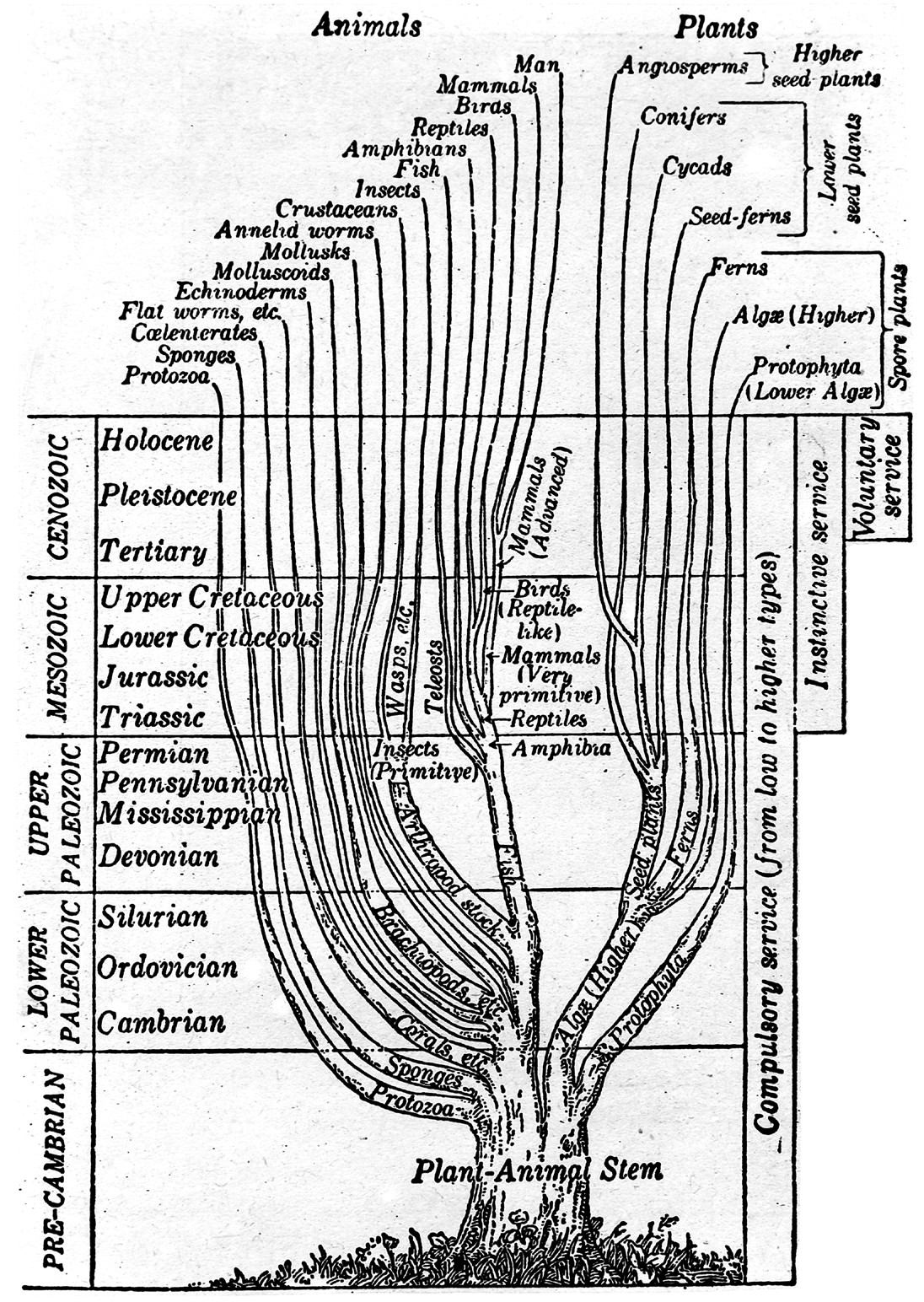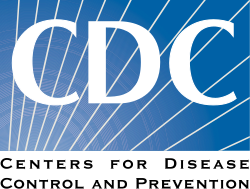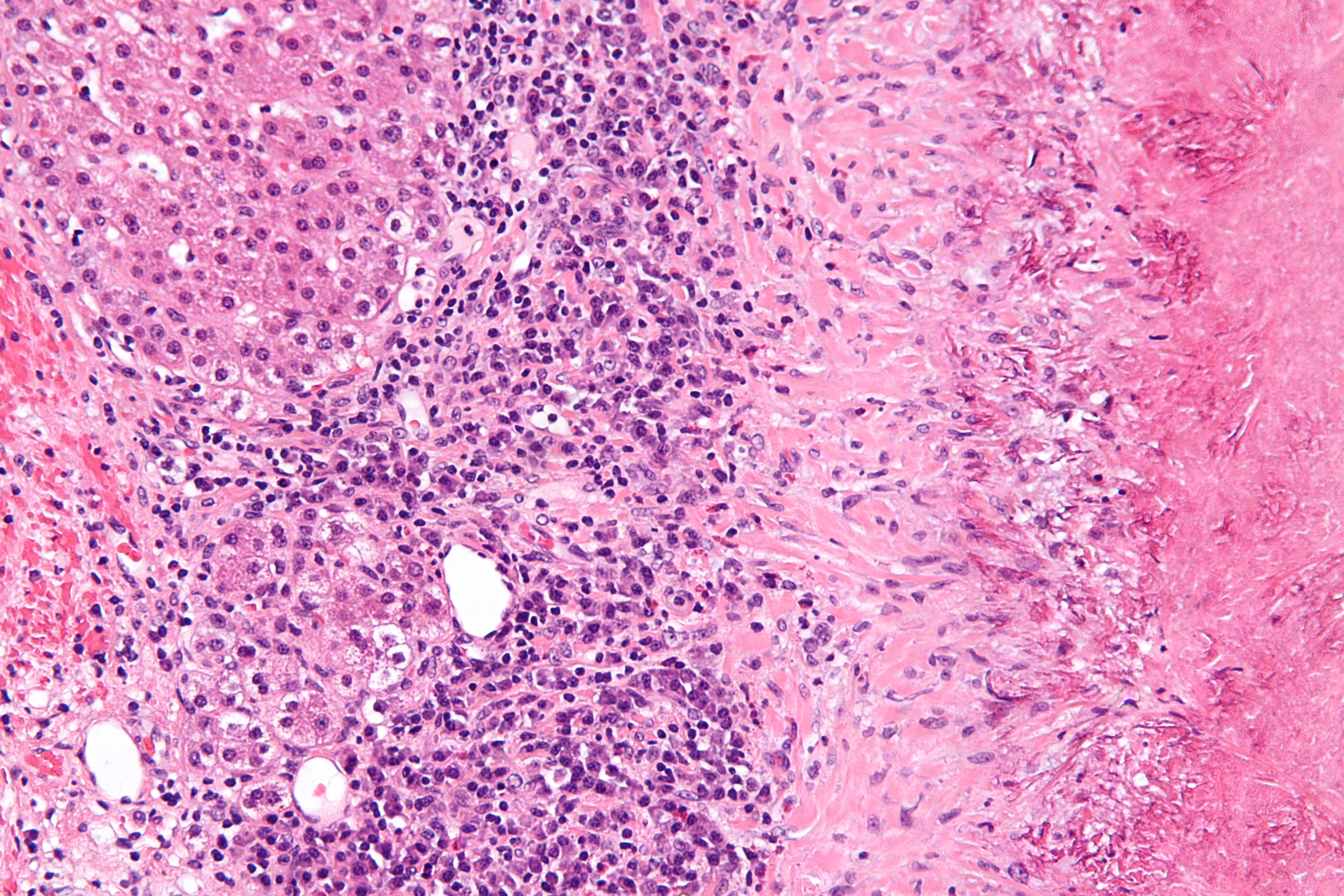Difference between revisions of "Main Page/Featured article of the week/2015"
Shawndouglas (talk | contribs) (Added last week's article of the week.) |
Shawndouglas (talk | contribs) (Added last week's article of the week.) |
||
| Line 17: | Line 17: | ||
<!-- Below this line begin pasting previous news --> | <!-- Below this line begin pasting previous news --> | ||
<h2 style="font-size:105%; font-weight:bold; text-align:left; color:#000; padding:0.2em 0.4em; width:50%;">Featured article of the week: January 26–February 1:</h2> | <h2 style="font-size:105%; font-weight:bold; text-align:left; color:#000; padding:0.2em 0.4em; width:50%;">Featured article of the week: February 2–8:</h2> | ||
<div style="padding:0.4em 1em 0.3em 1em;"> | |||
<div style="float: left; margin: 0.5em 0.9em 0.4em 0em;">[[File:Genome sequencing costs 2011.jpg|250px]]</div> | |||
'''[[Genome informatics]]''' is a field of computational molecular biology and branch of [[Informatics (academic field)|informatics]] that uses computers, software, and computational solution techniques to make observations, resolve problems, and manage data related to the genomic function of DNA sequences, comparison of gene structures, determination of the tertiary structure of all proteins, and other molecular biological activities. The informatics side of genomics has largely focused on analytical tools and methodologies. DNA-microarray and sequencing technology helped researchers for the Human Genome Project, for example, analyze and understand thousands of genes and their expressions. By 2000, artificial neural networks were being theorized as a possible informatics tools to aid with data analysis and the problem of "high dimensionality" of the outputted data; by 2014 artificial neural networks were being proposed for cancer genomic research. | |||
Genome informatics can help tackle problems and tasks such as analyzing DNA sequences, recognizing genes and proteins and predicting their structures, and predicting the biochemical function of new genes or fragments, as well as molecular profiling. ('''[[Genome informatics|Full article...]]''')<br /> | |||
</div> | |||
|- | |||
|<br /><h2 style="font-size:105%; font-weight:bold; text-align:left; color:#000; padding:0.2em 0.4em; width:50%;">Featured article of the week: January 26–February 1:</h2> | |||
<div style="padding:0.4em 1em 0.3em 1em;"> | <div style="padding:0.4em 1em 0.3em 1em;"> | ||
<div style="float: left; margin: 0.5em 0.9em 0.4em 0em;">[[File:In-Silico-Gene-Prioritization-by-Integrating-Multiple-Data-Sources-pone.0021137.g005.jpg|250px]]</div> | <div style="float: left; margin: 0.5em 0.9em 0.4em 0em;">[[File:In-Silico-Gene-Prioritization-by-Integrating-Multiple-Data-Sources-pone.0021137.g005.jpg|250px]]</div> | ||
Revision as of 18:37, 9 February 2015
|
|
If you're looking for the 2014 archive, it can be found here. |
Featured article of the week archive - 2015
Welcome to the LIMSwiki 2015 archive for the Featured Article of the Week.
Featured article of the week: February 2–8:Genome informatics is a field of computational molecular biology and branch of informatics that uses computers, software, and computational solution techniques to make observations, resolve problems, and manage data related to the genomic function of DNA sequences, comparison of gene structures, determination of the tertiary structure of all proteins, and other molecular biological activities. The informatics side of genomics has largely focused on analytical tools and methodologies. DNA-microarray and sequencing technology helped researchers for the Human Genome Project, for example, analyze and understand thousands of genes and their expressions. By 2000, artificial neural networks were being theorized as a possible informatics tools to aid with data analysis and the problem of "high dimensionality" of the outputted data; by 2014 artificial neural networks were being proposed for cancer genomic research. Genome informatics can help tackle problems and tasks such as analyzing DNA sequences, recognizing genes and proteins and predicting their structures, and predicting the biochemical function of new genes or fragments, as well as molecular profiling. (Full article...)
|















